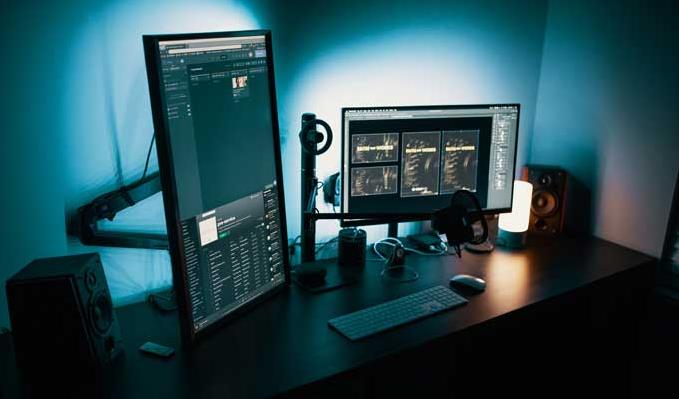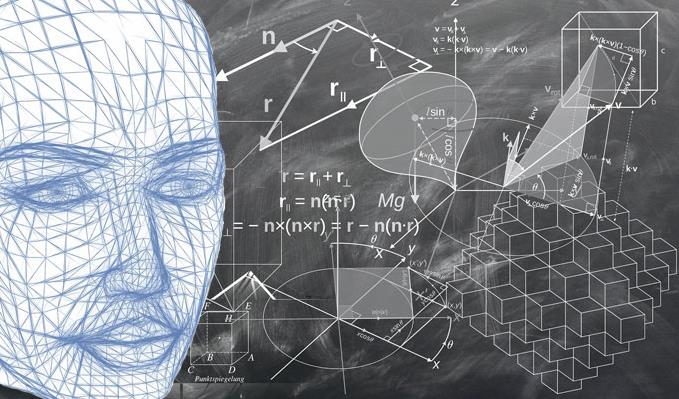
Facial recognition technology just made a big leap, thanks to a Chinese tech company
Author Bio:
Jenna Tsui is a technology journalist with writing experience in future & disruptive technologies, AI, medtech, and scientific development. To see more of Jenna's work, visit The Byte Beat , follow her on Twitter or check her out on LinkedIn.












Leave a Comment
comments powered by Disqus